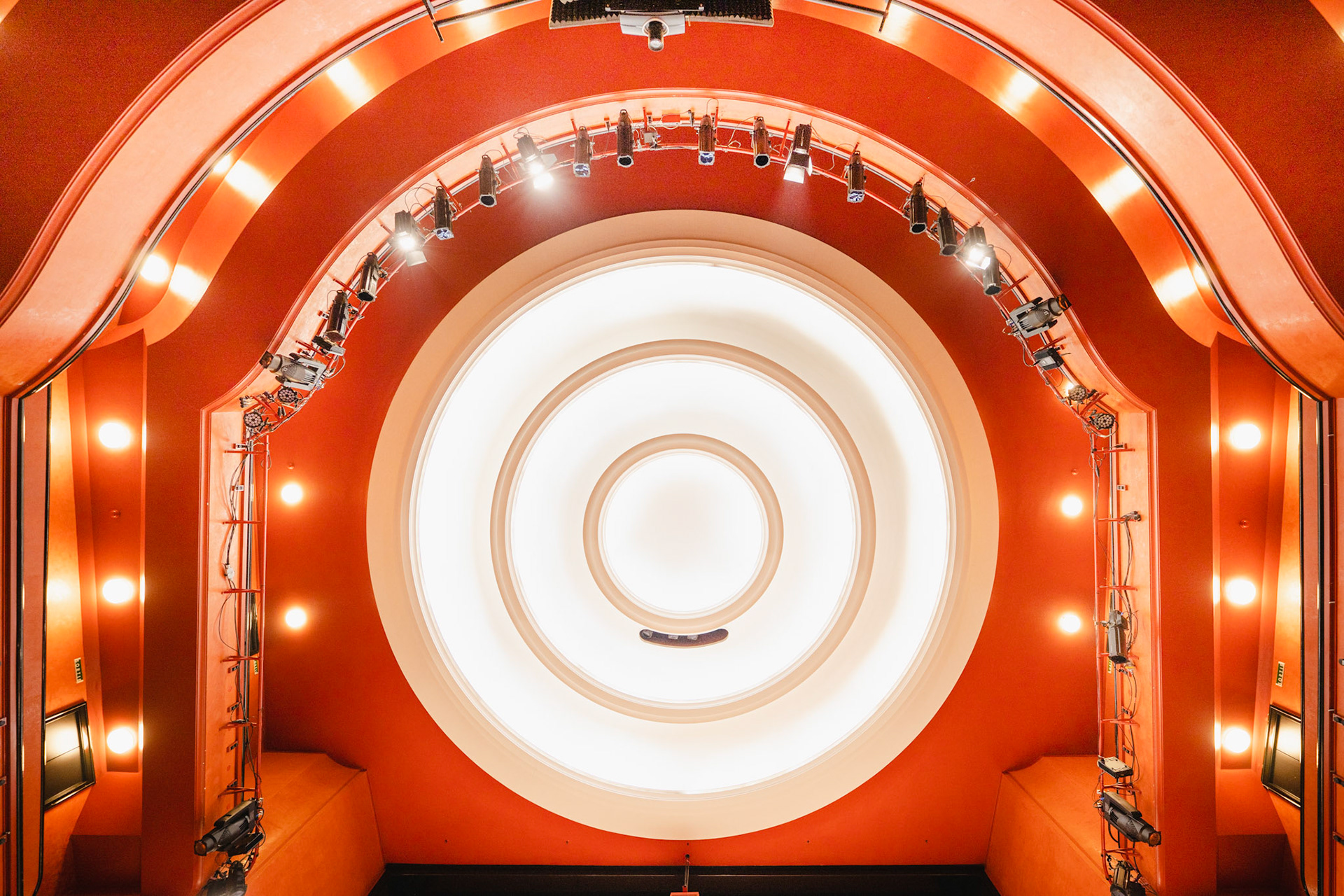The origins of Lausanne Opera building can be found in the Casino-théâtre built in 1869 according to the plans of local architect Jules-Louis Verrey. The Casino-théâtre with approximately 800 seats was inaugurated on May 10, 1871 with a performance of The Barber of Seville by Rossini. The beginning of the 20th century saw plans to demolish the hall, which had become too small with places that were uncomfortable and too tight. Architects De Rahm and Peloux won the competition launched in 1912 with a facade resembling the Palais Garnier in Paris. The project was however abandoned with the start of World War I. It was finally in 1931 that the Casino-théâtre was renovated and enlarged according to the plans of Charles Thévenaz. The capacity of the room increased to 1101 places, the decorations abandoned red velvets and went with the Art Deco style in shades of pink; even the name changed to "Théâtre municipal".
The name "Opéra de Lausanne" started to be used in 1995 when Dominique Meyer took over as director.
The mirrored facade is the result of the latest renovations carried out between 2007 and 2012 according to plans by architectural practice Devanthéry & Lamunière.
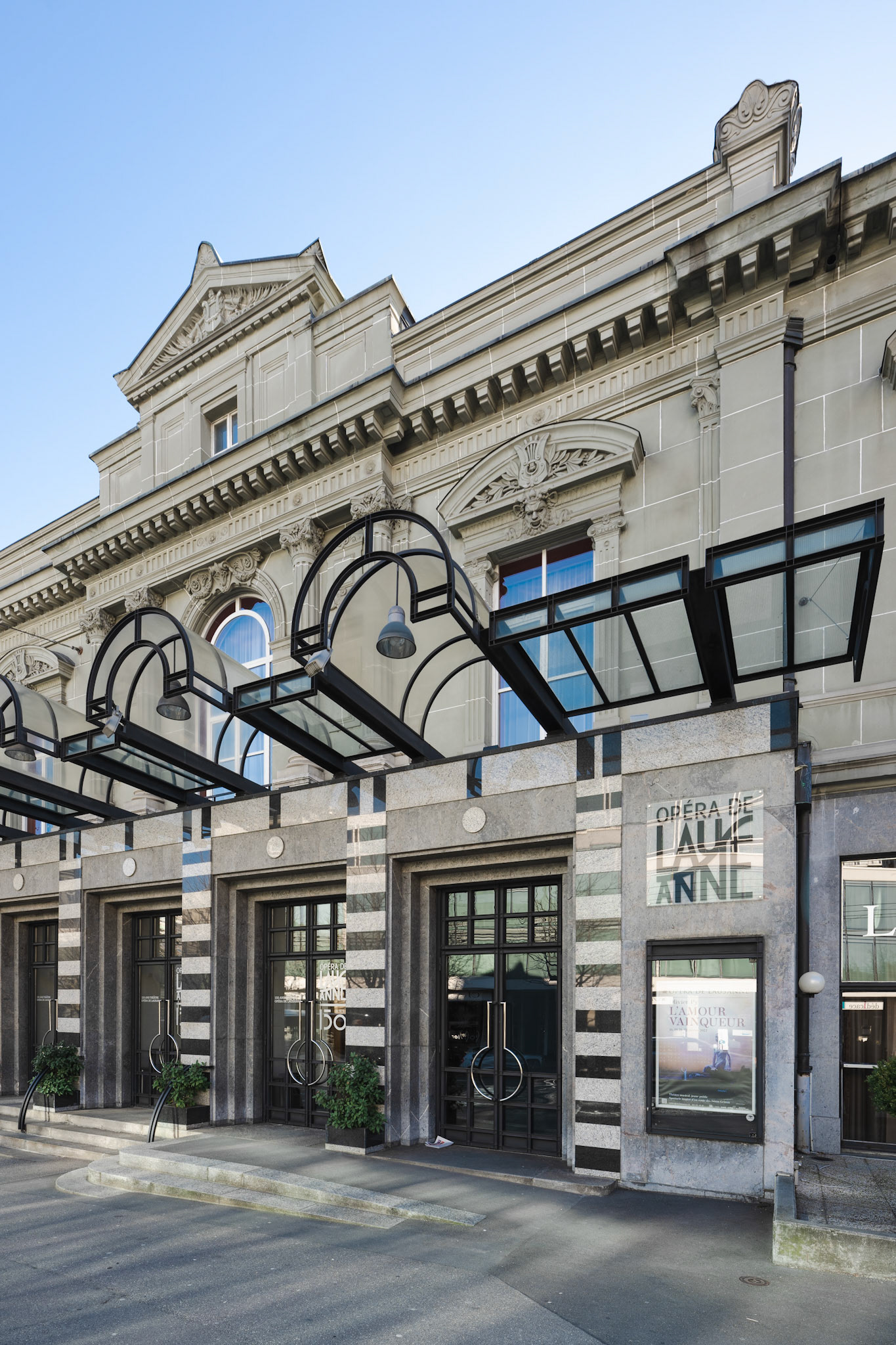
Opéra de Lausanne - entrance
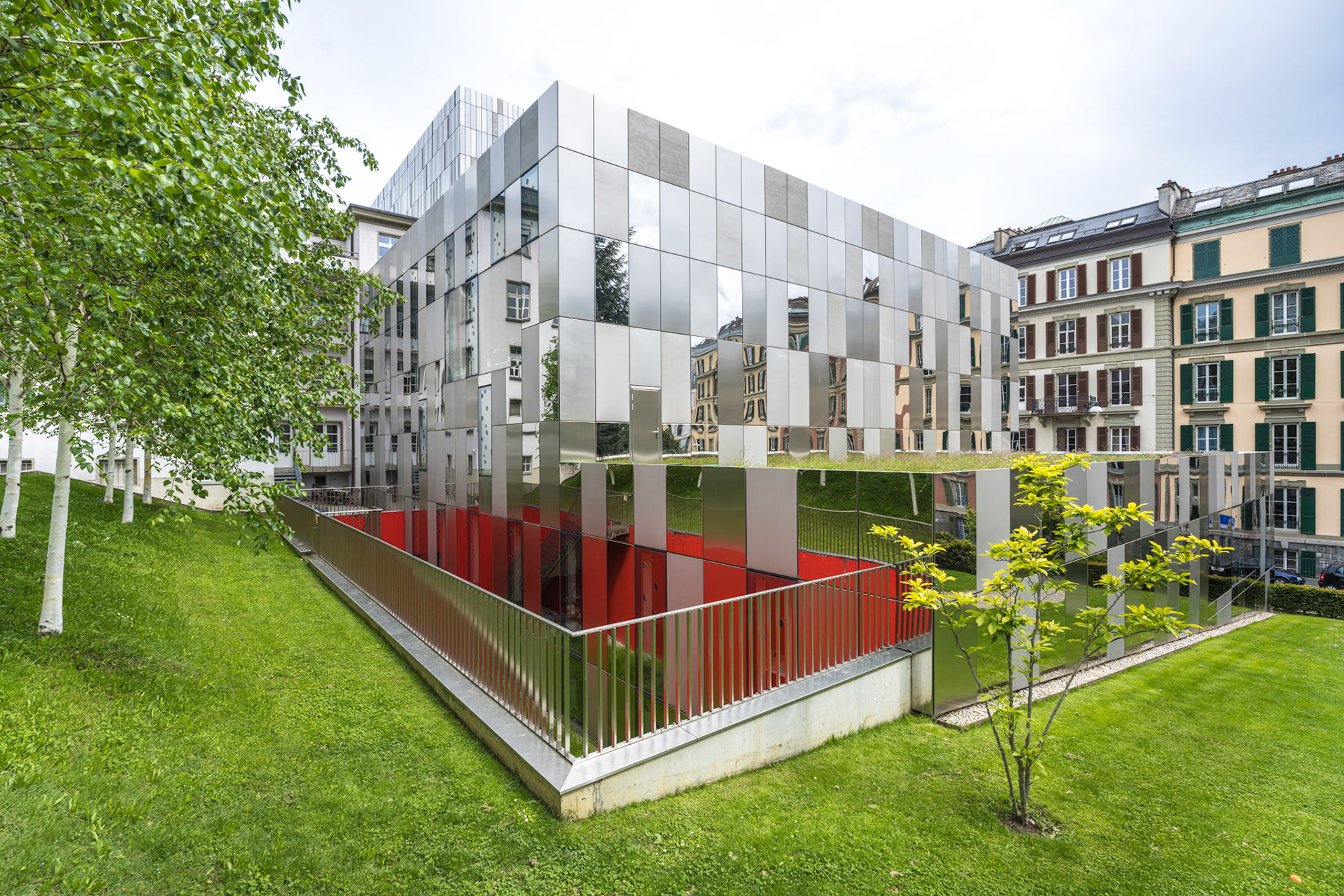
Opéra de Lausanne - extensions by Devanthéry & Lamunière
The latest renovations by Devanthéry & Lamunière also added a 18-meter high stage cage.
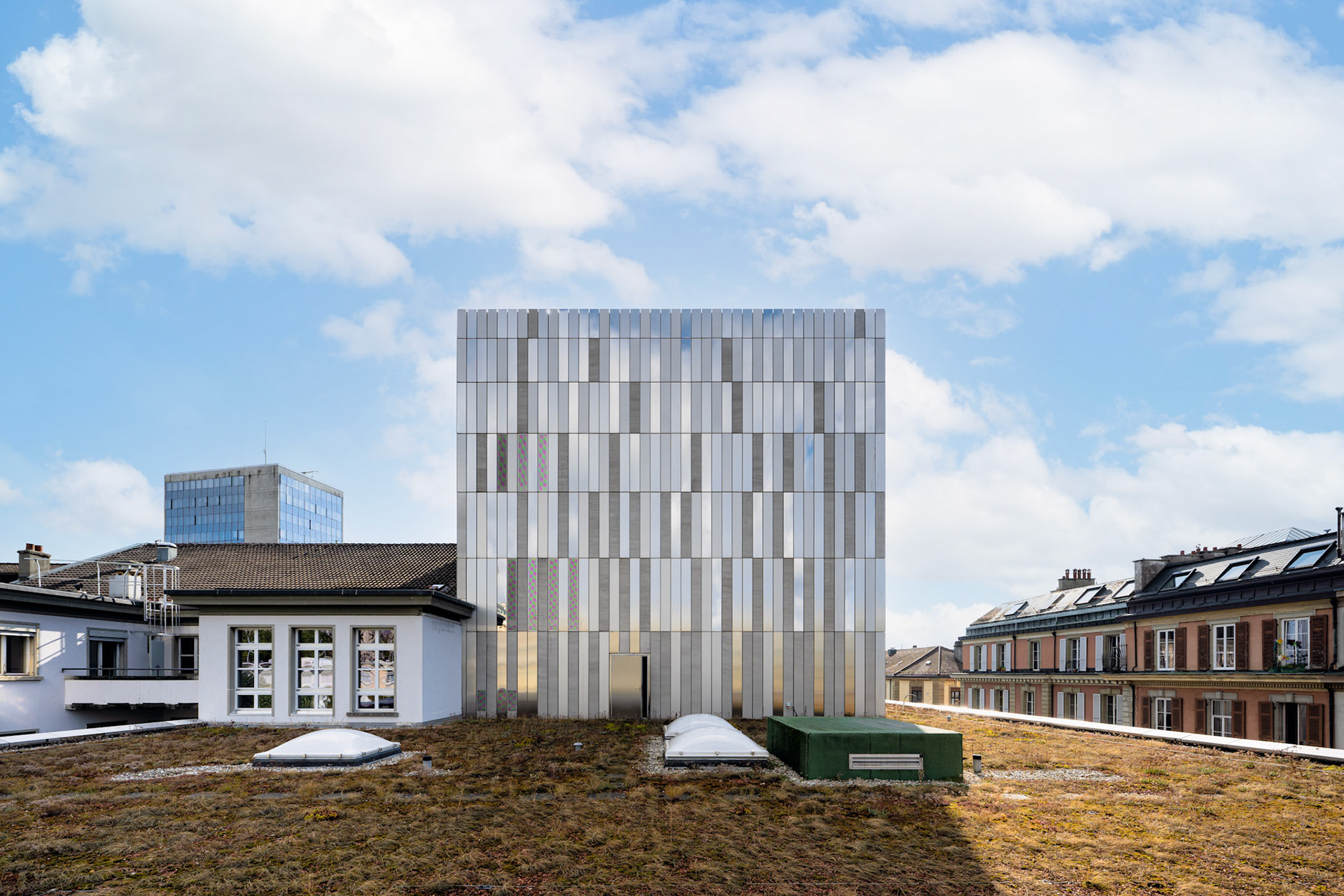
Opéra de Lausanne - stage cage
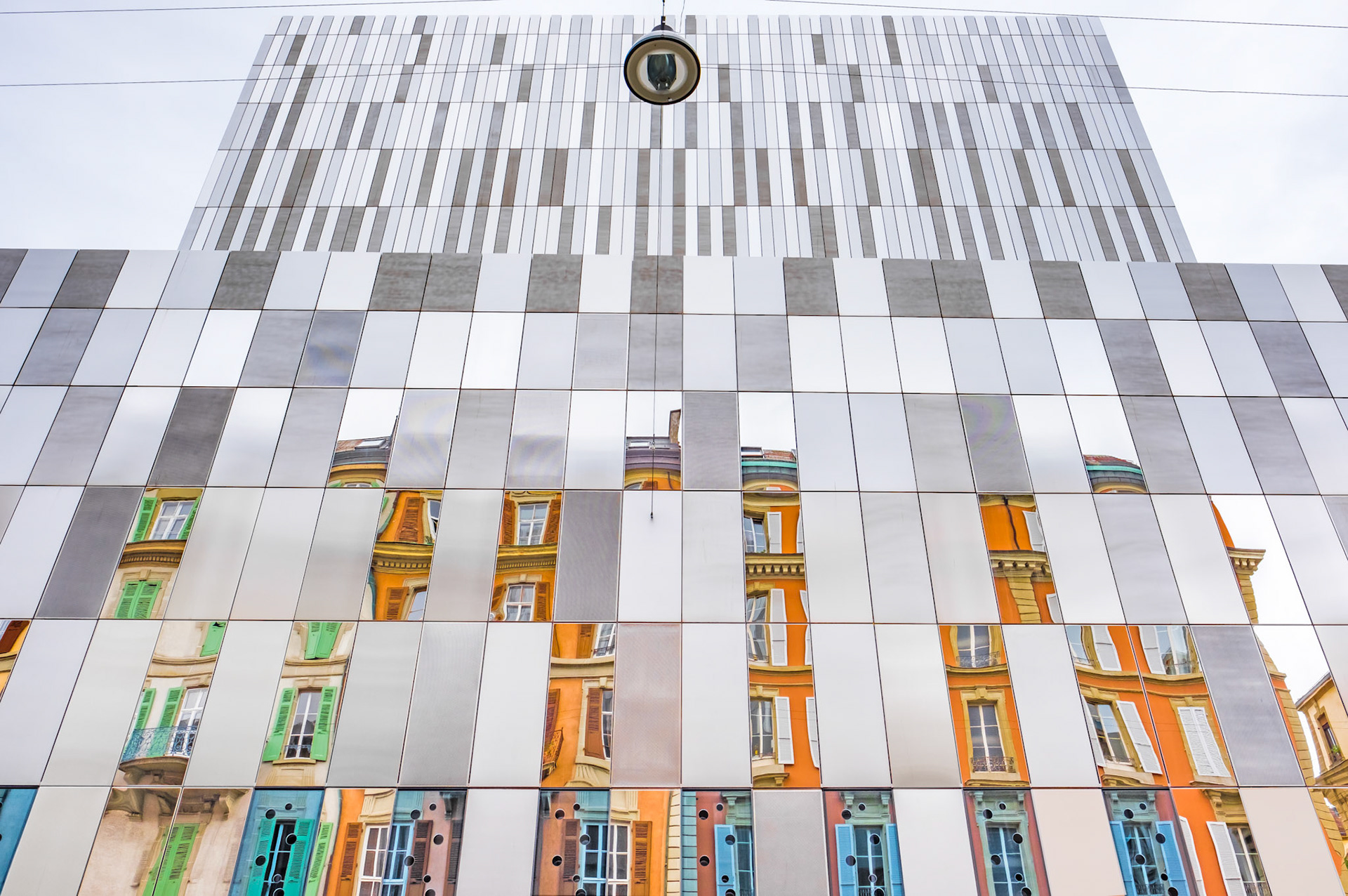
the mirrored facade of Opéra de Lausanne
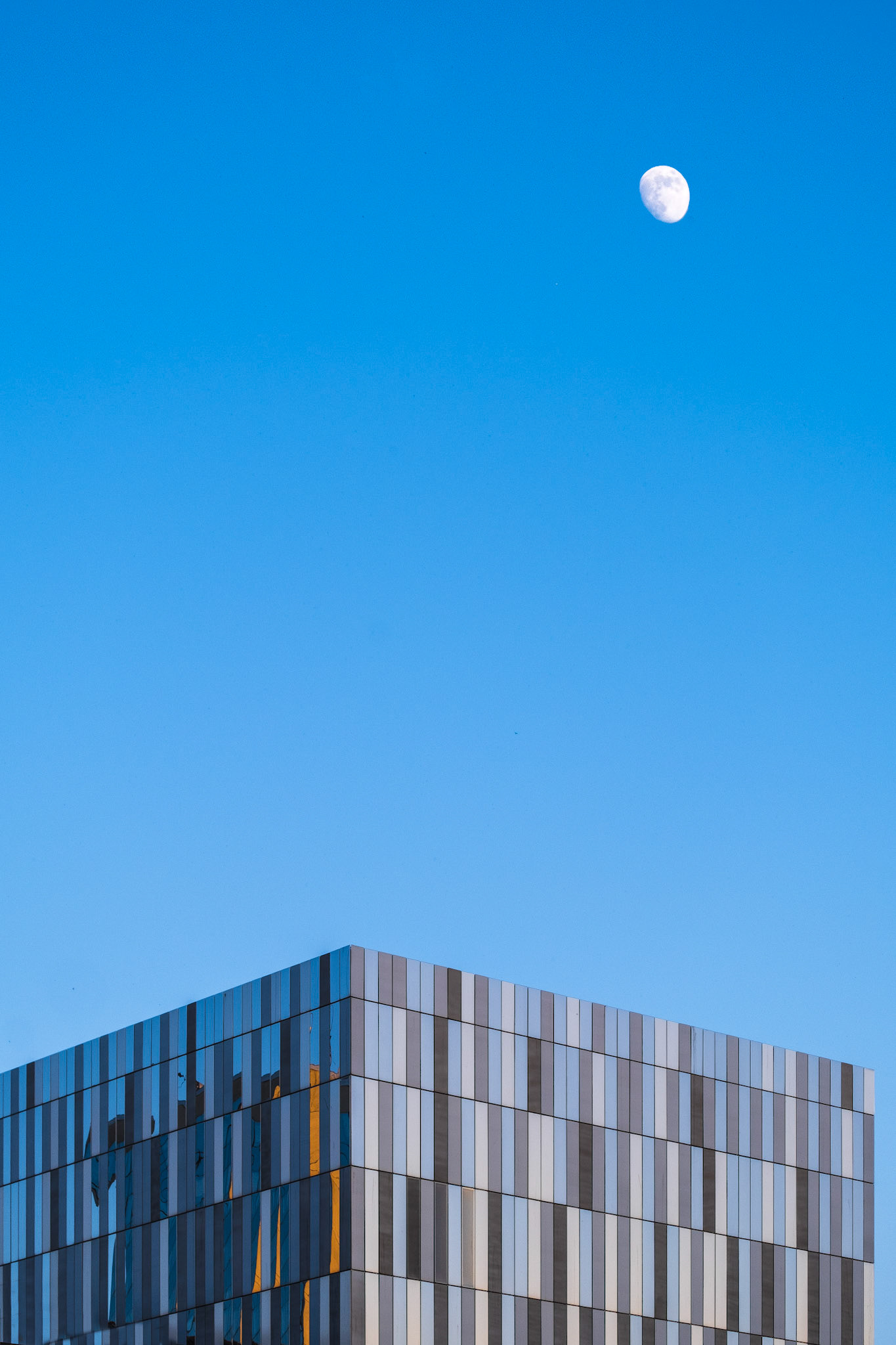
Opéra de Lausanne - minimalistic during the blue hour
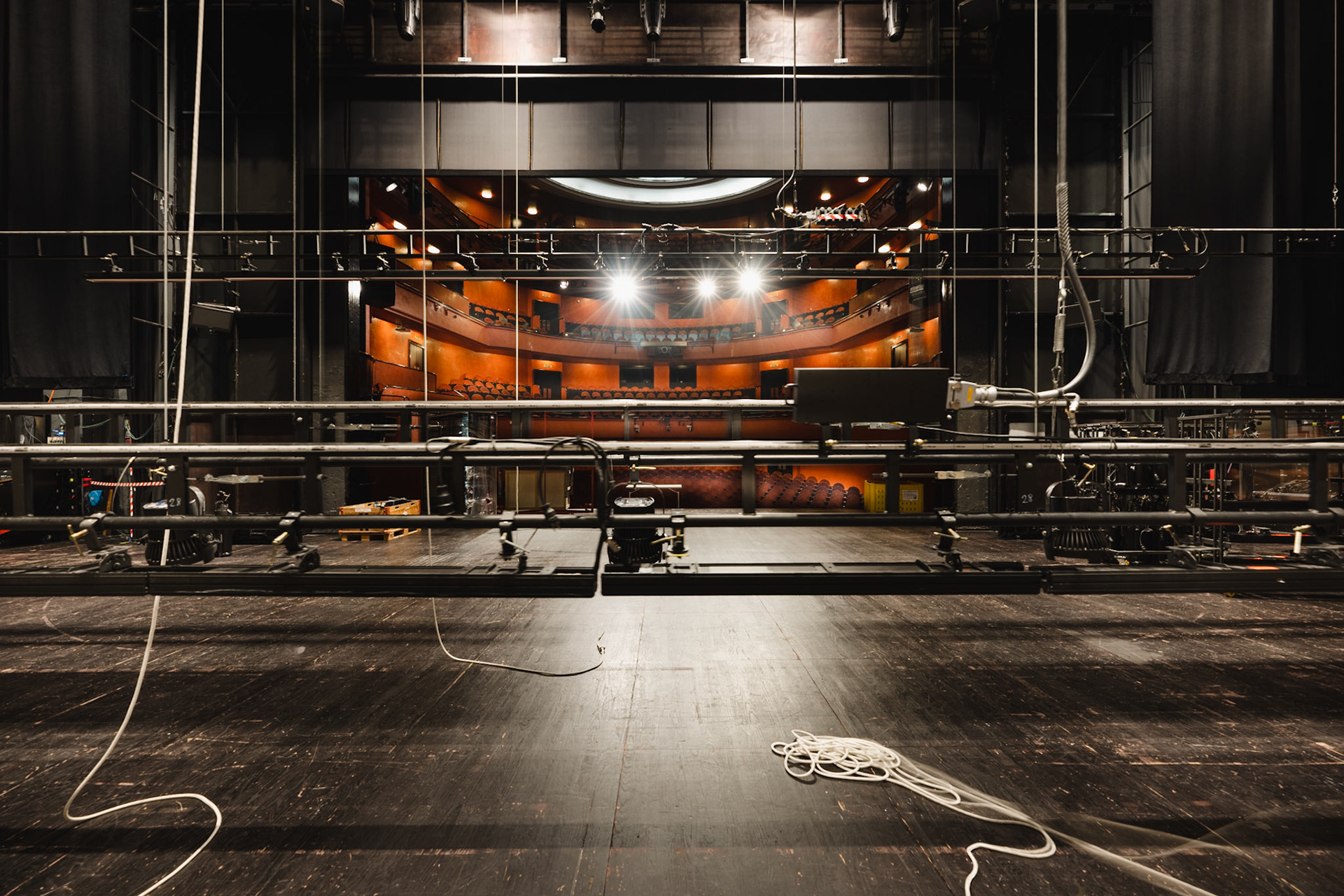
Opéra de Lausanne - stage
The Lausanne Opera now has 962 seats and annually welcomes around 45,000 spectators.
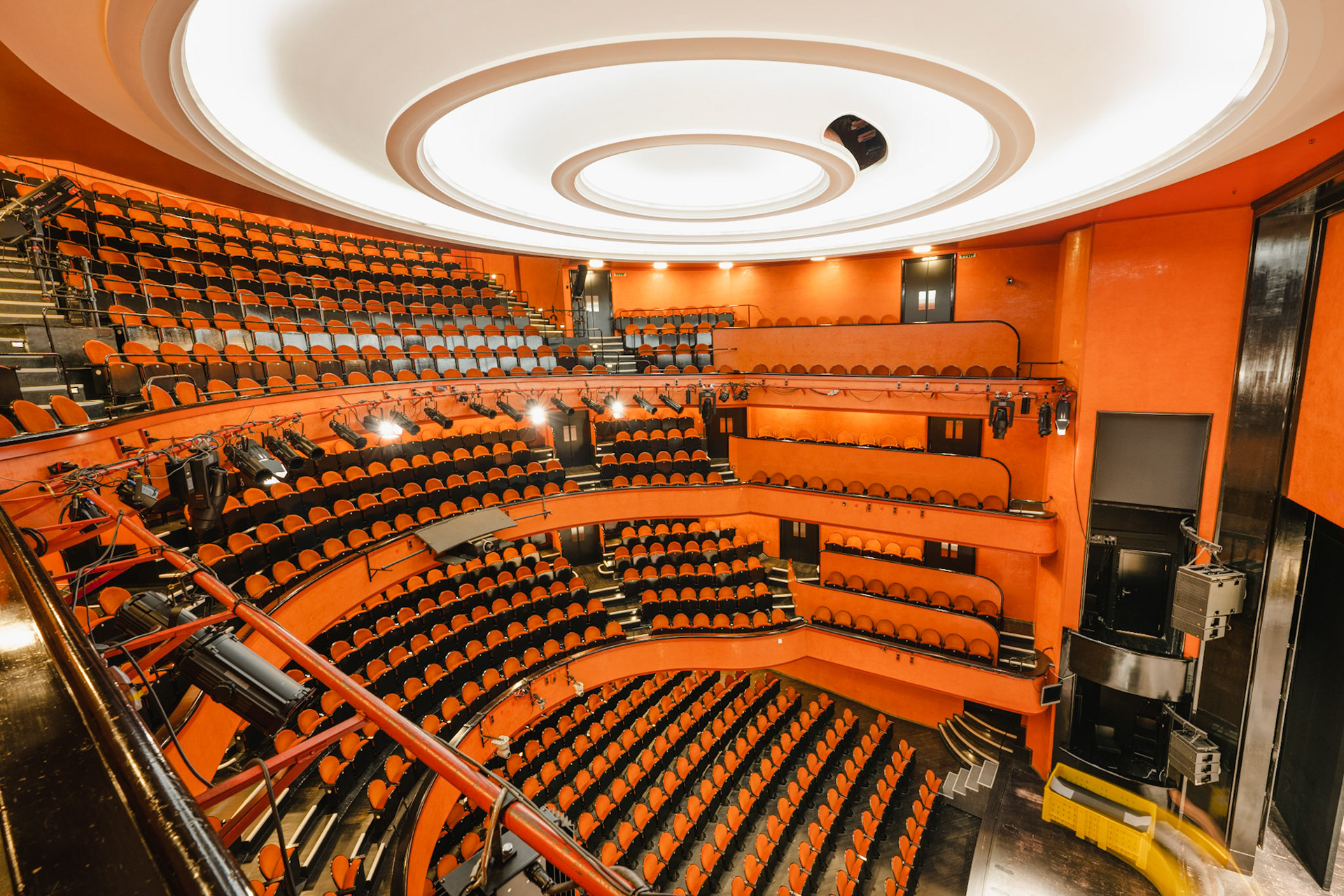
Opéra de Lausanne - auditorium
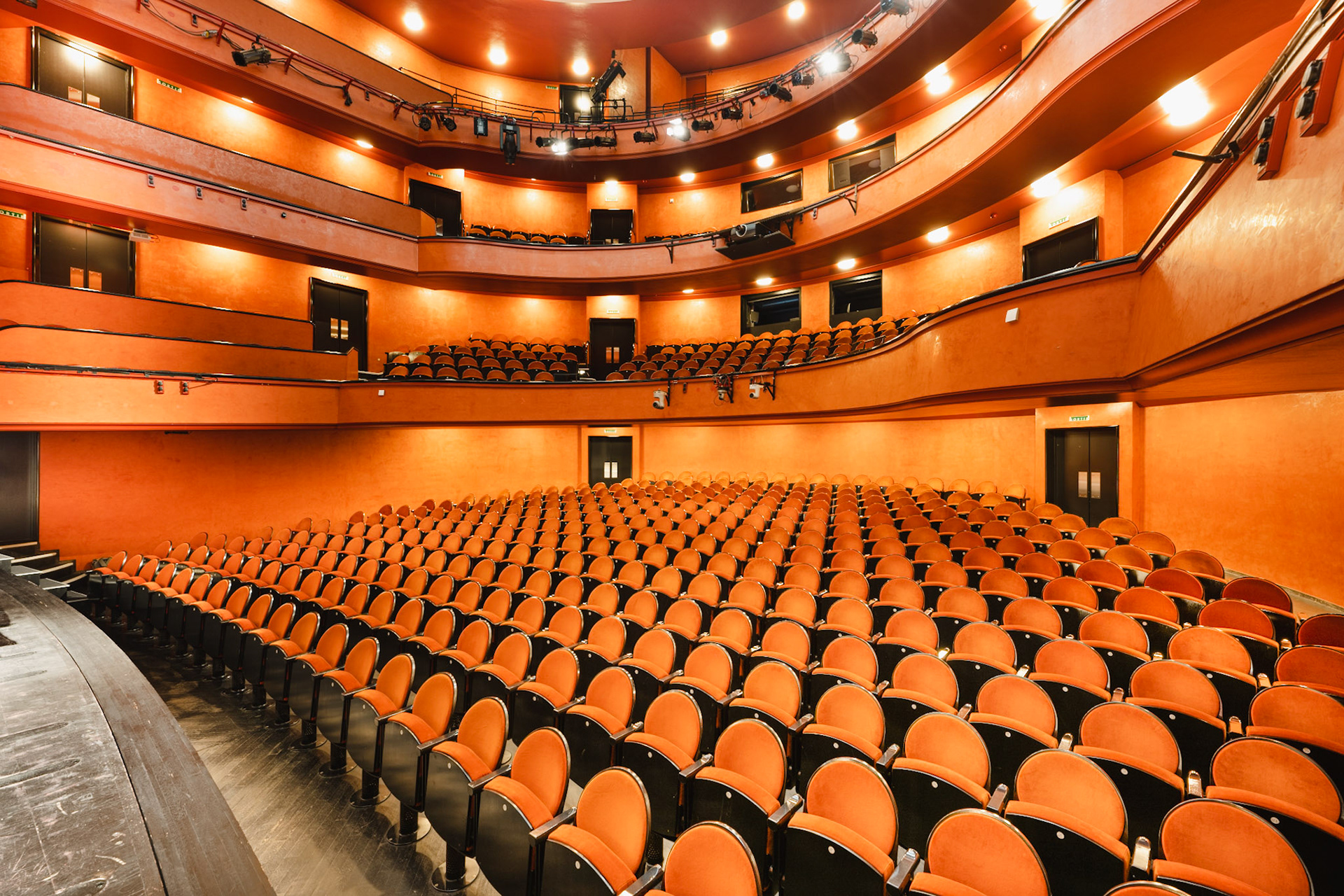
Opéra de Lausanne - auditorium
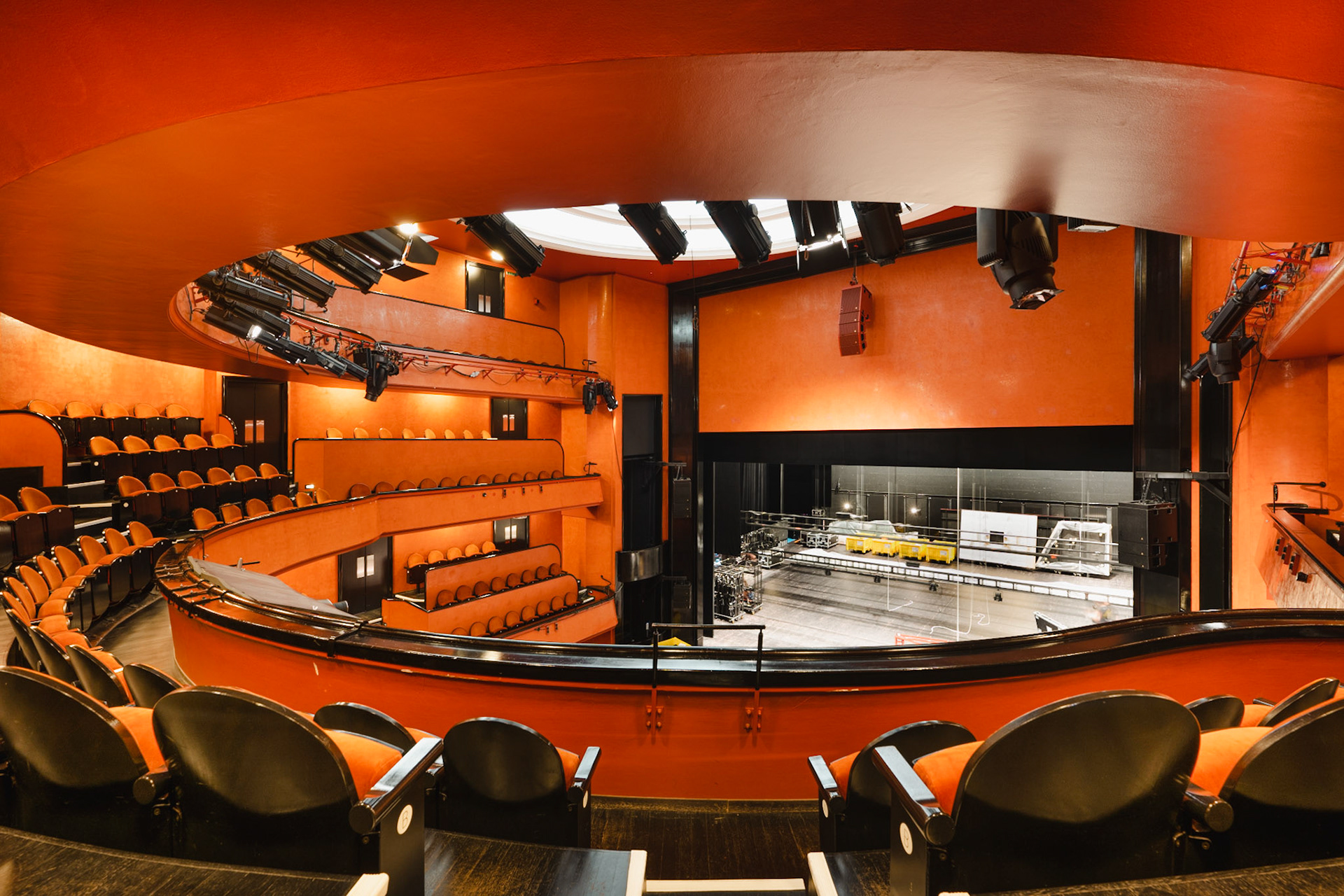
Opéra de Lausanne - auditorium
